New Project in the Works at Roebuck Springs!
"Permaculture: a system of cultivation intended to maintain permanent agriculture or horticulture by relying on renewable resources and a self-sustaining ecosystem."
Have we told you about the new Permaculture Garden we're hard at work on? No? Well, at our Roebuck Springs property (yes, Ruffner is that vast!) we are in the beginning stages of planting a new permaculture garden, installing recreation and play areas for children, pollinator habitats for native insects, fruit trees, and much, much more. About three months ago we began clearing the invasive species like privet, wisteria, and mimosa that had begun to threaten the ecological integrity, biodiversity, and overall beauty of the area, to make way for a brand-new trailhead and recreational portal to Ruffner. We couldn't be more excited! Check out the sketch above by our very own Jon Woolley to see what we mean, and stay tuned for more updates!
Luna moth (Actis luna)
The luna moth (Actias luna) is a pale green, Nearctic Saturniid moth with a wingspan of up to 4.5 inches, making it one of the largest moth species in North America. As with all Saturniidae, luna moths emerge from their cocoons without mouth parts and as such do not eat. Their primary purpose, in the adult stage at least, is to mate, which means that they live only a week or so. Females lay 400-600 eggs, four to seven at a time, on the undersides of leaves, which then incubate for 8 to 13 days. The luna moth is unique to North America and wild populations are now threatened by light pollution, pesticides, and parasitic flies. Unfortunately, they are not listed by the IUCN or the EPA as endangered. Their larvae may be found on birch, sweetgum, hickory, and walnut trees, and the catepillars are a pale green with some bristles atop each segment. May we have the chance to see this stunning creature proliferate and continue its natural life cycles for generations to come!
American green tree frog
The American green tree frog (Hyla cinerea), also known as the "rain frog" due to its penchant for calling during damp weather, and the "cowbell frog" (as its call sometimes can sound bell-like from a distance) can be found all over the southeastern United States, its color ranging from dark green to bright yellow. Green tree frogs prefer wet or moist areas such as swamps, lake sides, and edges of streams. You may even find one in your backyard swimming pool! These little guys are insectivores, which means they are crucial in controlling insect populations, mosquitoes especially. As summer kicks in to high gear you can thank them for keeping the blood-sucking hordes at bay (though mosquitoes are just as important to the ecology and biodiversity of Alabama and beyond). Thanks to the rain frog, the cowbell frog, the green tree frog!
June Trail Team Work Day
Help get our trails ready for summer! Maybe you or someone you know enjoys getting outside and getting a little exercise and sun on your shoulders? Well, tomorrow is your chance to join us for our monthly Trail Team Workday! The Trail Team and interested volunteers will meet at 8:00 AM at the Ruffner Ball Park, 300 Ruffner Road in Irondale, to hike to the Overlook Trail to complete trail renovations. Additional projects TBD after completion. We hope to see you there!
Red Buckeye & the Asian Lady Beetle
Known locally as scarlet buckeye, woolly buckeye, or firecracker plant, the red buckeye (Aesculus pavia) plant is native to the southern and eastern U.S. and can reach a height of up to 26 feet. This perennial shrub absolutely covers the state of Alabama. Hanging out on one of the buckeye blooms is a multicolored Asian lady beetle (Harmonia axyridis), an insect introduced from Asia into the United both accidentally many times and purposefully by the U.S. Department of Agriculture for classical biological control of arthropod pests. A crucial predator of aphids and scale insects, which may damage some plants, this tree-dwelling beetle is just one more contributor to the biodiversity of Ruffner Mountain. These two species, the native plant and the non-native insect, have evolved to harmoniously interact and flourish, both complementing and protecting one another.

